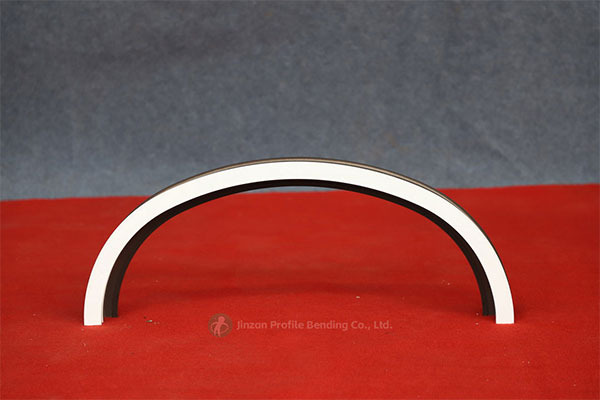Redefining the construction industry with innovative solutions, cuttin-edge technology and sustainable practices
Profile Bending 2025-09-30
### Exploring the Benefits of Steel Curving: Strength, Flexibility, and Design Freedom
In the realm of modern construction and architecture, steel curving has emerged as a transformative technique that offers numerous advantages. This process involves bending steel to create curved shapes and structures, which can significantly enhance both the aesthetic appeal and functional performance of a building. Jinzan Profile Bending Co., Ltd. delves into the key benefits of steel curving, focusing on three main aspects: strength, flexibility, and design freedom.
1. Strength
One of the primary benefits of steel as a construction material is its inherent strength. Steel boasts a high strength-to-weight ratio, making it an ideal choice for constructing large and complex structures. When it comes to steel curving, this strength is further amplified. Curved steel elements can distribute loads more evenly compared to traditional straight beams, allowing structures to withstand greater stress and environmental forces, such as wind and seismic activity.
Curved steel also provides enhanced stability for architectural designs. For example, in the construction of bridges, curved steel components can effectively manage tensile and compressive forces, resulting in safer and more resilient structures. This strength not only ensures the longevity of the building but also reduces the need for extensive maintenance, ultimately leading to cost savings over time.

2. Flexibility
Steel curving offers remarkable flexibility in design, enabling architects and engineers to push the boundaries of creativity. Unlike traditional construction methods that are often limited by straight lines and rigid forms, steel curving allows for smooth, flowing shapes that can adapt to a variety of architectural styles.
This flexibility is particularly beneficial in large-scale projects, such as auditoriums, arenas, and exhibition halls, where acoustic performance and visual aesthetics are crucial. Curved surfaces can enhance sound quality and create dynamic visual experiences, contributing to the overall functionality and appeal of the space.
Moreover, the ability to create custom curves means that designers can craft unique features that distinguish their projects from others. This level of customization not only enhances the visual impact but also allows for a more tailored approach to meeting the specific needs of the project and its users.
3. Design Freedom
Steel curving opens up a world of design possibilities, allowing architects to explore innovative concepts that were once deemed impractical. With advancements in technology, including computer-aided design (CAD) and automated fabrication processes, creating complex curved shapes has become more accessible and efficient.
Architects can now experiment with non-linear geometries and organic forms, leading to buildings that are not only structurally sound but also visually striking. Iconic structures such as the Guggenheim Museum in Bilbao and the Sydney Opera House showcase how steel curving can be utilized to create landmarks that redefine their surroundings.
Additionally, the versatility of curved steel can be applied in various contexts, from residential buildings to civic projects. Whether it’s a sweeping roofline, a dynamic façade, or an intricate interior feature, steel curving allows for an expression of creativity that aligns with contemporary architectural trends.
The benefits of steel curving in construction and architecture are clear. Its strength ensures durability and safety, while flexibility and design freedom foster creativity and innovation. As the industry continues to evolve, embracing advanced technologies and sustainable practices, steel curving will undoubtedly play a crucial role in shaping the future of architectural design.
By leveraging the advantages of steel curving, architects and engineers can create structures that not only meet functional requirements but also inspire and engage the communities they serve. As we move forward, the integration of steel curving into building practices will continue to redefine our understanding of what is possible in the world of construction.